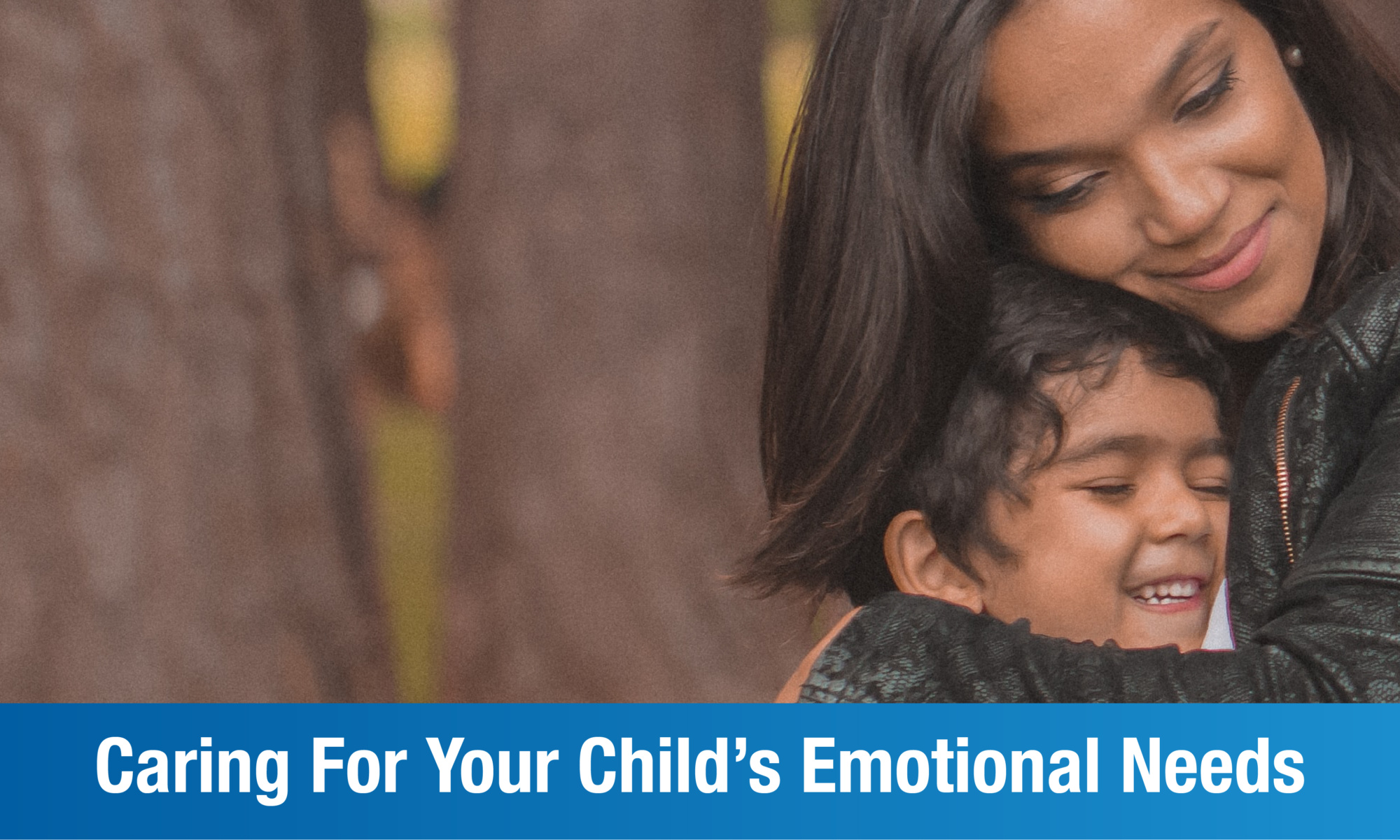
Children often exhibit emotional outbursts when they are very young. However, if tantrums and meltdowns are persistent, even at a school-going age, your child may need some guidance on appropriate emotional expression. As the regular educational curriculum does not include lessons on this, children often have difficulties knowing how and when to express what they feel, which can lead to behavioral issues. In this context, emotional regulation, as taught during Occupational Therapy, provides children with the tools and resources to manage their feelings healthily. Here’s a quick guide covering how emotional regulation can help your child.
What is emotional regulation?
According to the American Psychological Association, emotional regulation refers to a person’s ability to monitor and moderate their emotions. It can occur before the feeling actively develops, while the feeling is in process, or after the feeling has subsided. Broadly, there are two types of emotional regulation:
- Implicit: This is an unconscious practice, and involves tempering the extent with which one feels an emotional response.
- Explicit: This involves consciously monitoring one’s emotions and working to express them more appropriately. It can include altering an emotion for a more positive response, reframing one’s perspective to view a situation more positively, or recognising and practicing the behaviors that can improve one’s emotional state.
With emotional regulation, children learn to navigate tough situations such as dealing with disappointment, calming down during an upsetting time, and controlling their temper when something makes them angry.
Why is emotional regulation important?
Life is unpredictable for the most part, and every child will face many unexpected hurdles and disappointments as they grow older. At a young age, the instinctive response to such hurdles may be to cry or to start screaming. This, however, is neither appropriate nor useful, particularly as the child grows older and participates more in social settings. Moreover, many parents take on the job of soothing their children every time they have an outburst rather than helping them find ways to self-soothe. This leads to negative consequences, as children grow up relying on their parents to regulate their emotions and cannot do it on their own.
Emotional regulation, when taught with care and patience, helps children face difficult situations calmly and respond in a mature fashion that is solution-oriented and not impulsive. When they encounter any stimulus that upsets them, they learn to slow down and choose an emotional response with care. Particularly when interacting with others, emotional regulation helps children respond in a manner that is considerate to the other person, which makes for better relationships with friends, colleagues, teachers, and family members over time. It also promotes mental health, as children learn to deal calmly with tough situations rather than giving in to unrestrained emotion.
Emotional regulation strategies that every child should learn
When teaching emotional regulation as part of Occupational Therapy, it is important to treat it as a skill to be taught, rather than a correction of bad behavior. This will help children view it positively and learn it eagerly than out of compulsion. Some of the tools that help with inculcating emotional regulation include:
- Self-awareness: This involves slowing down and providing calm feedback on what the child did wrong and how they can do it differently. The better a child understands what constitutes a ‘good’ emotional response, the likelier they are to do it themselves.
- Scaffolding: This involves providing a supportive framework to encourage a behavior that the child may not want to exhibit. For instance, if children throw tantrums about doing their homework, parents can help them out with one part and then step back to let the child figure it out. Whenever they feel frustrated, they can be allowed to take a break, and parents should praise the effort being made.
- Practice runs: This is particularly helpful if children tend to act out in specific situations. For instance, if children are prone to throwing tantrums at the supermarket, parents can take their children on a visit without actually buying anything, to teach them how to walk quietly, how to not take things from shelves, how to not throw tantrums about buying treats, and so on.
Navigating emotions is complex for people of all ages, but with the right guidance, care, and the best Occupational Therapy in Bangalore, children can imbibe the tools early on. For parents and teachers, it is important to remember that consistency and teaching through small, manageable exercises will make a big difference over time. The more encouragement a child receives, the more motivated they will be to practice smart self-regulating behaviors all their life.










